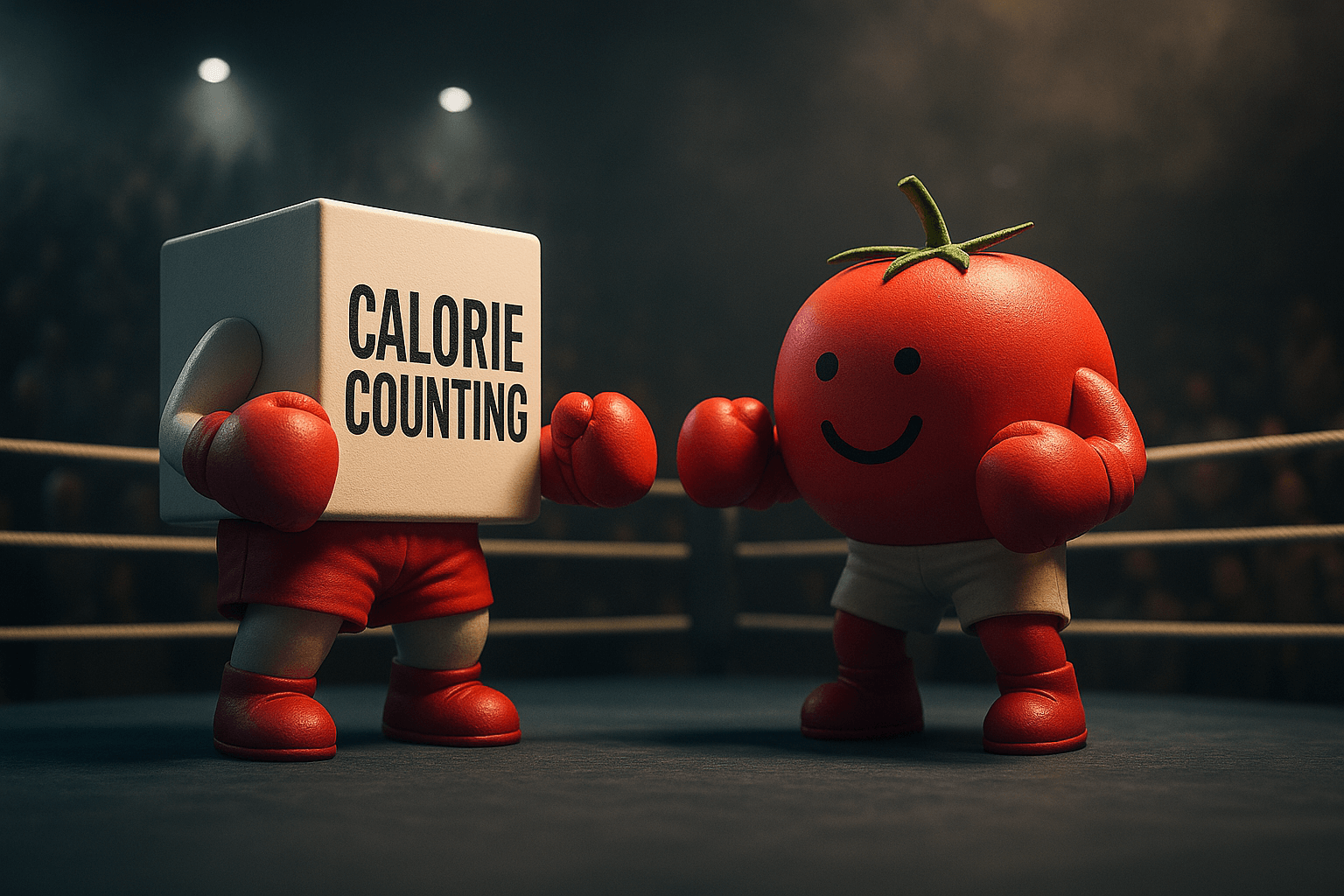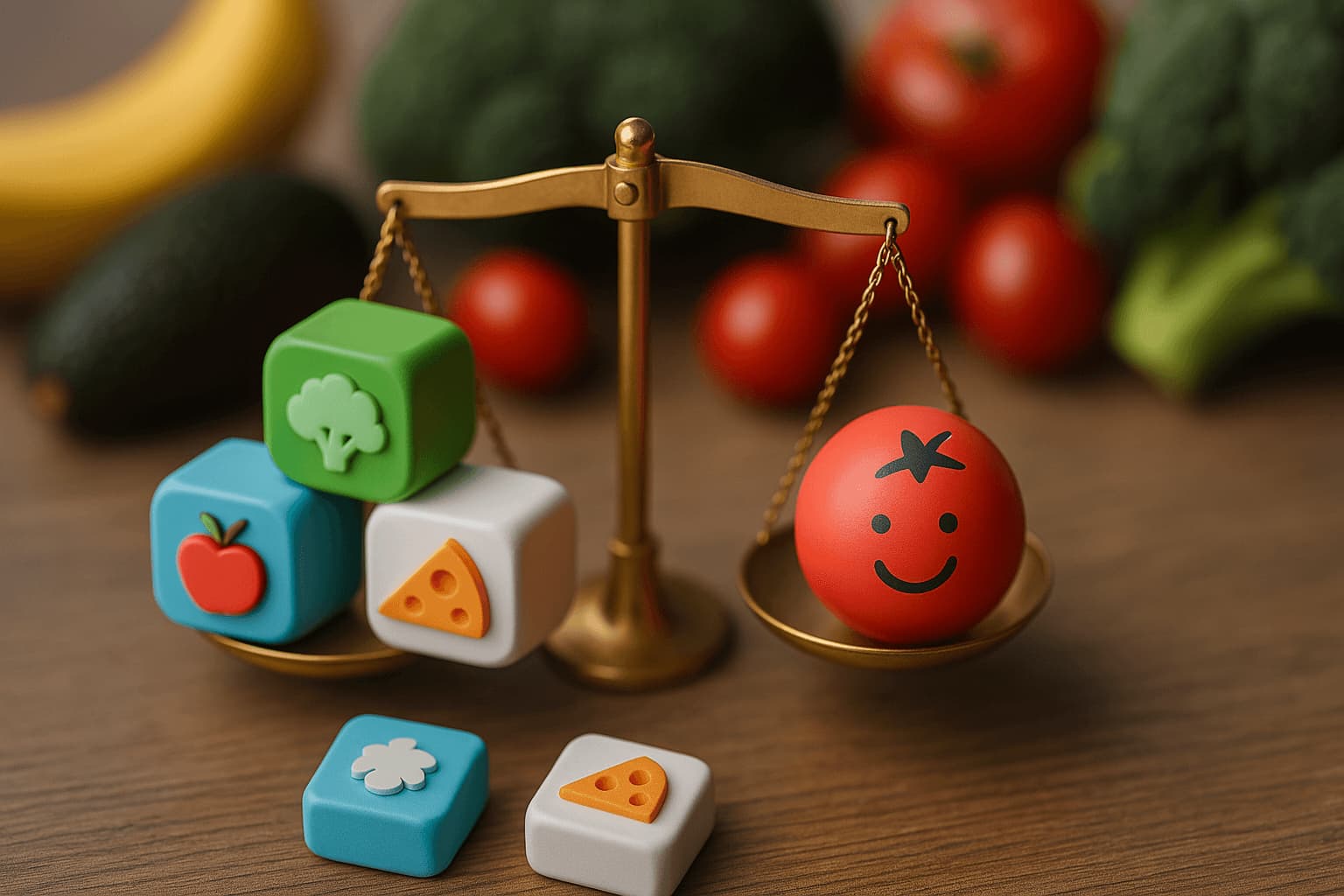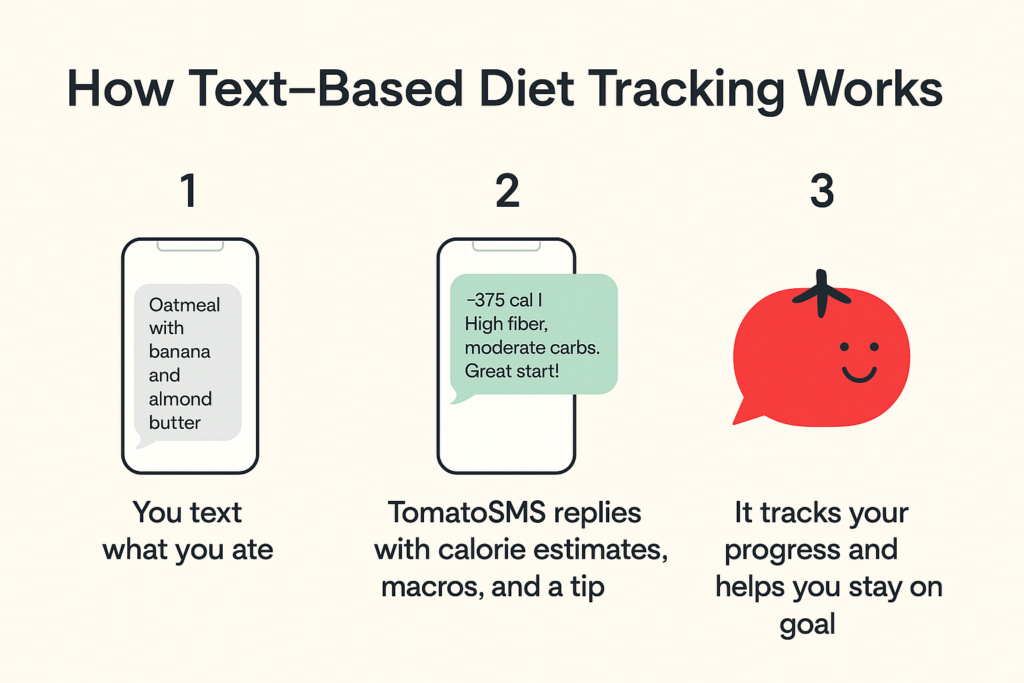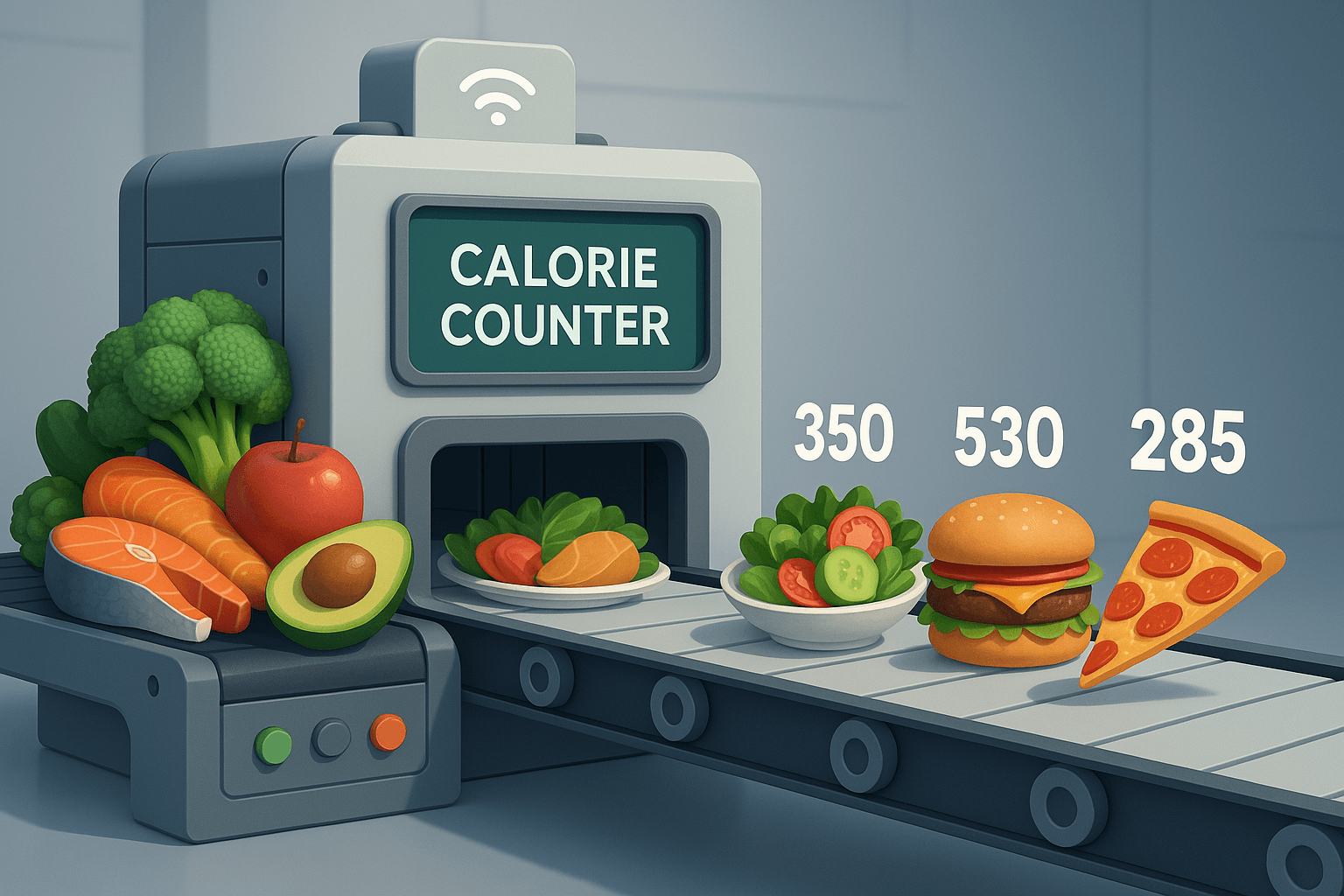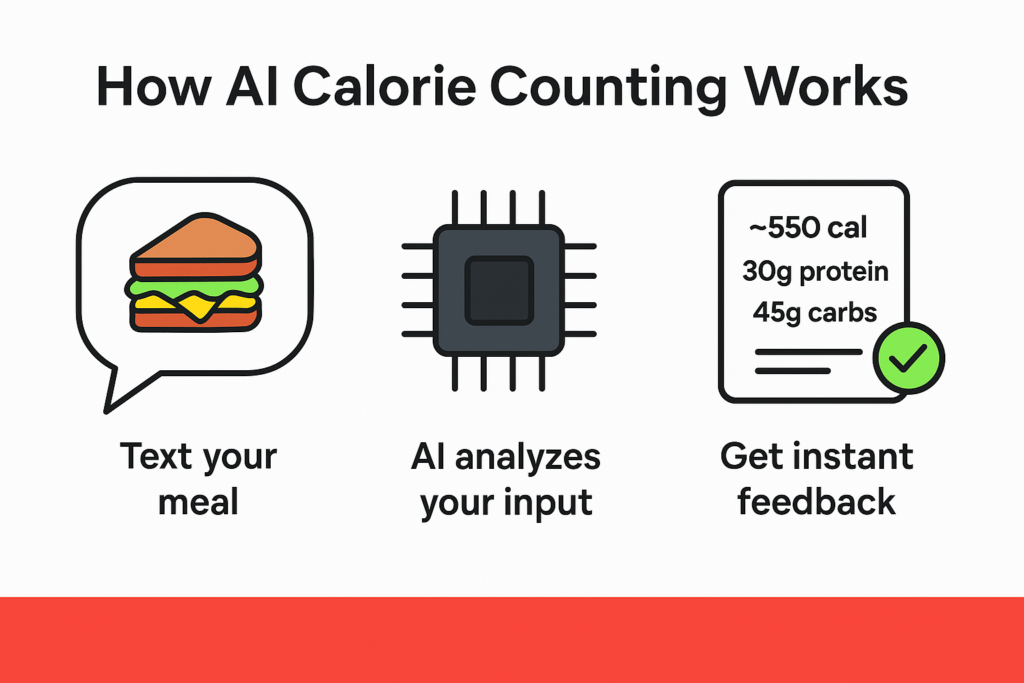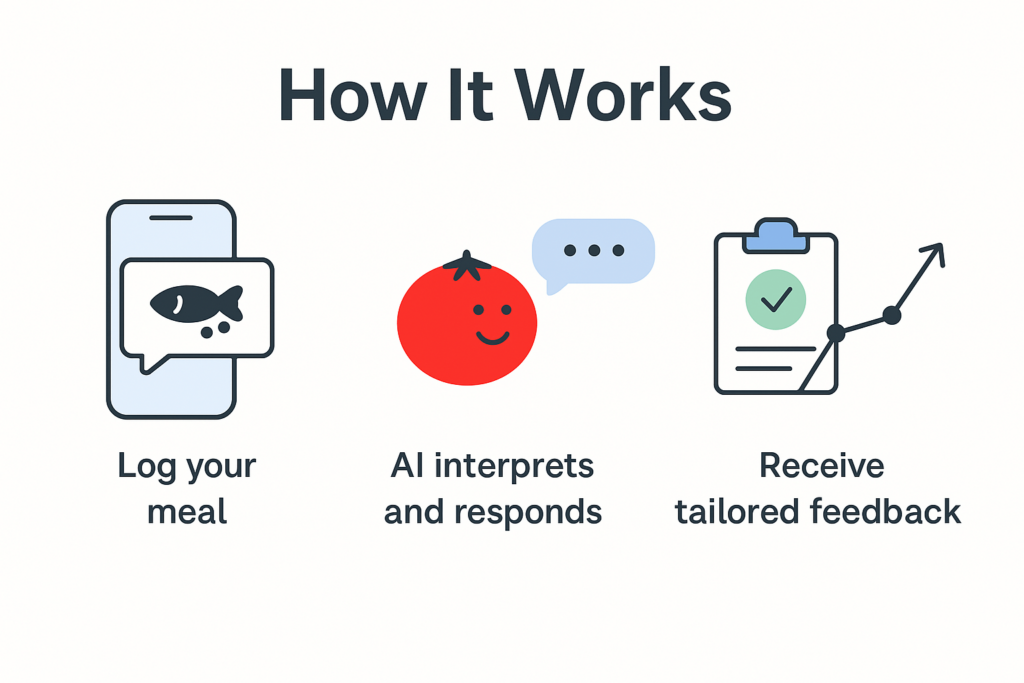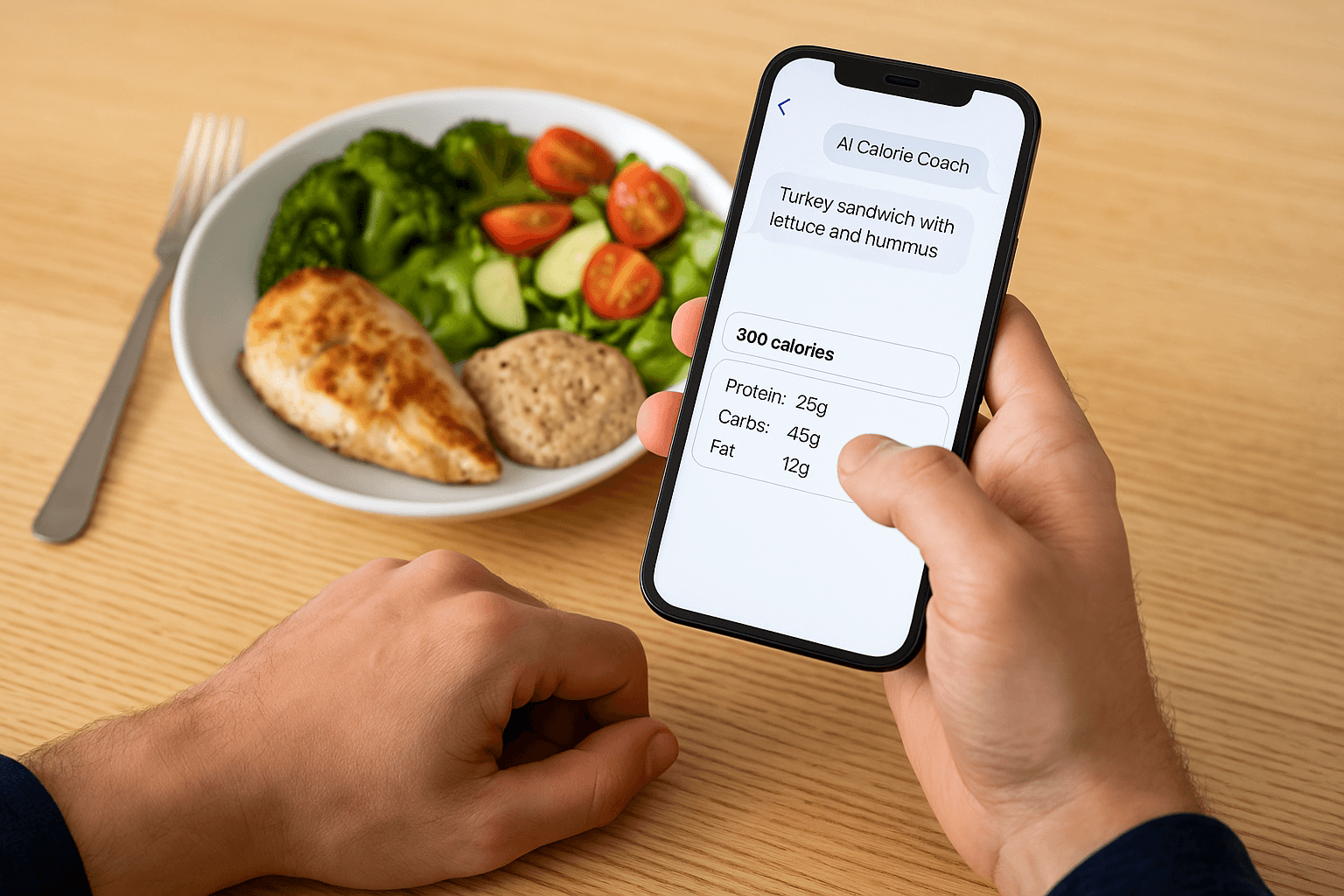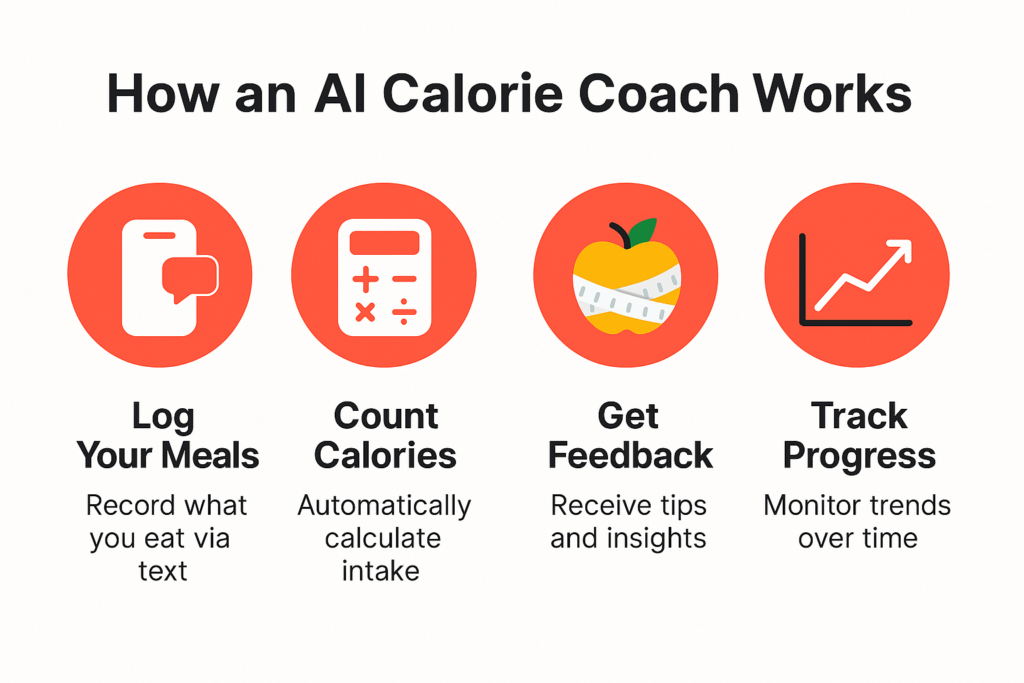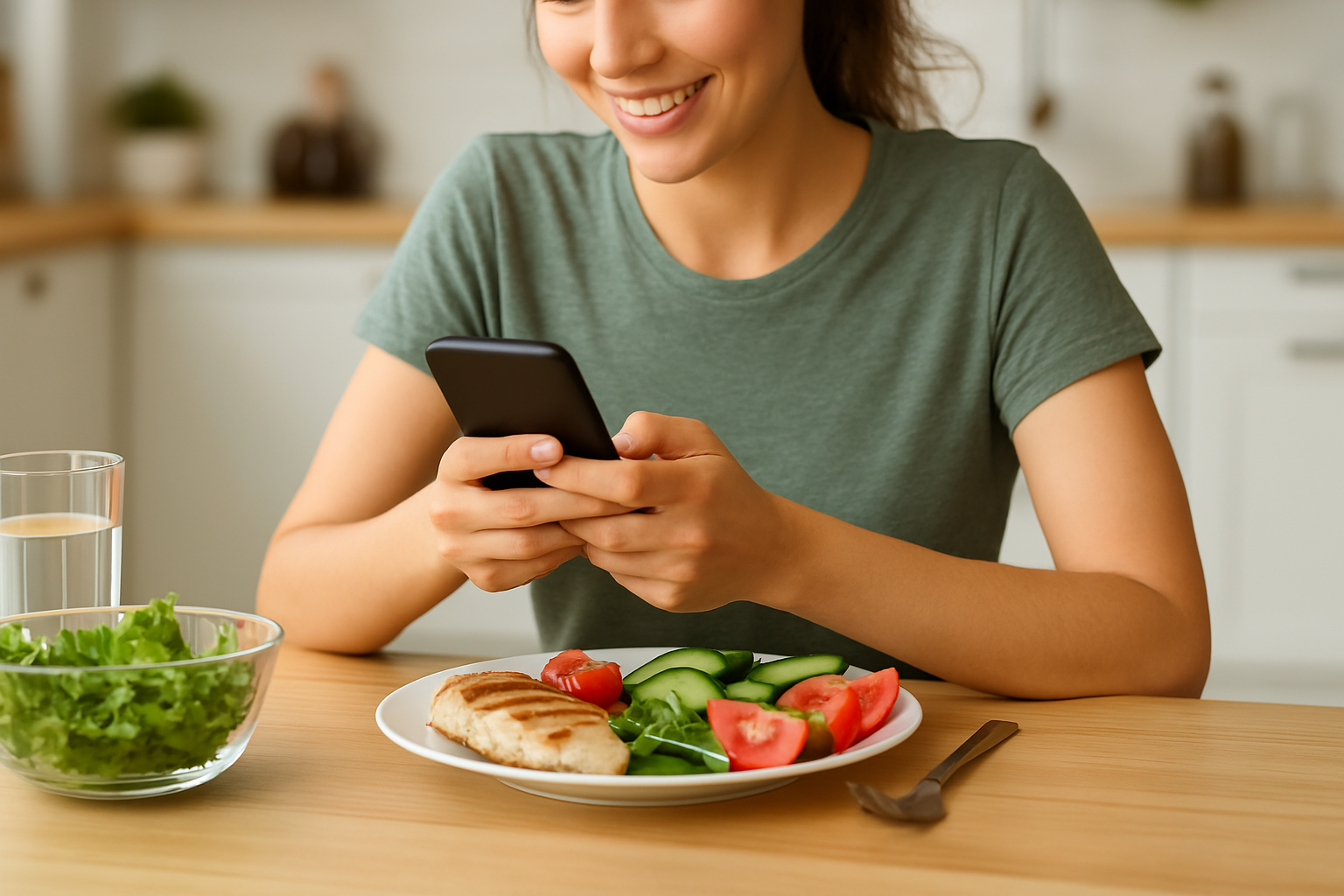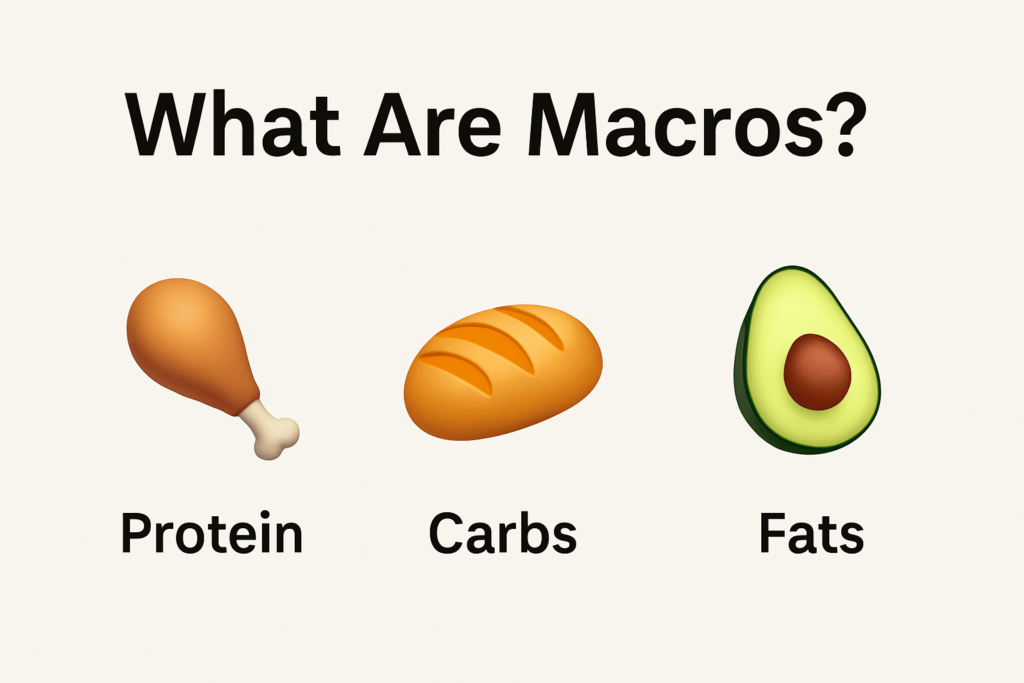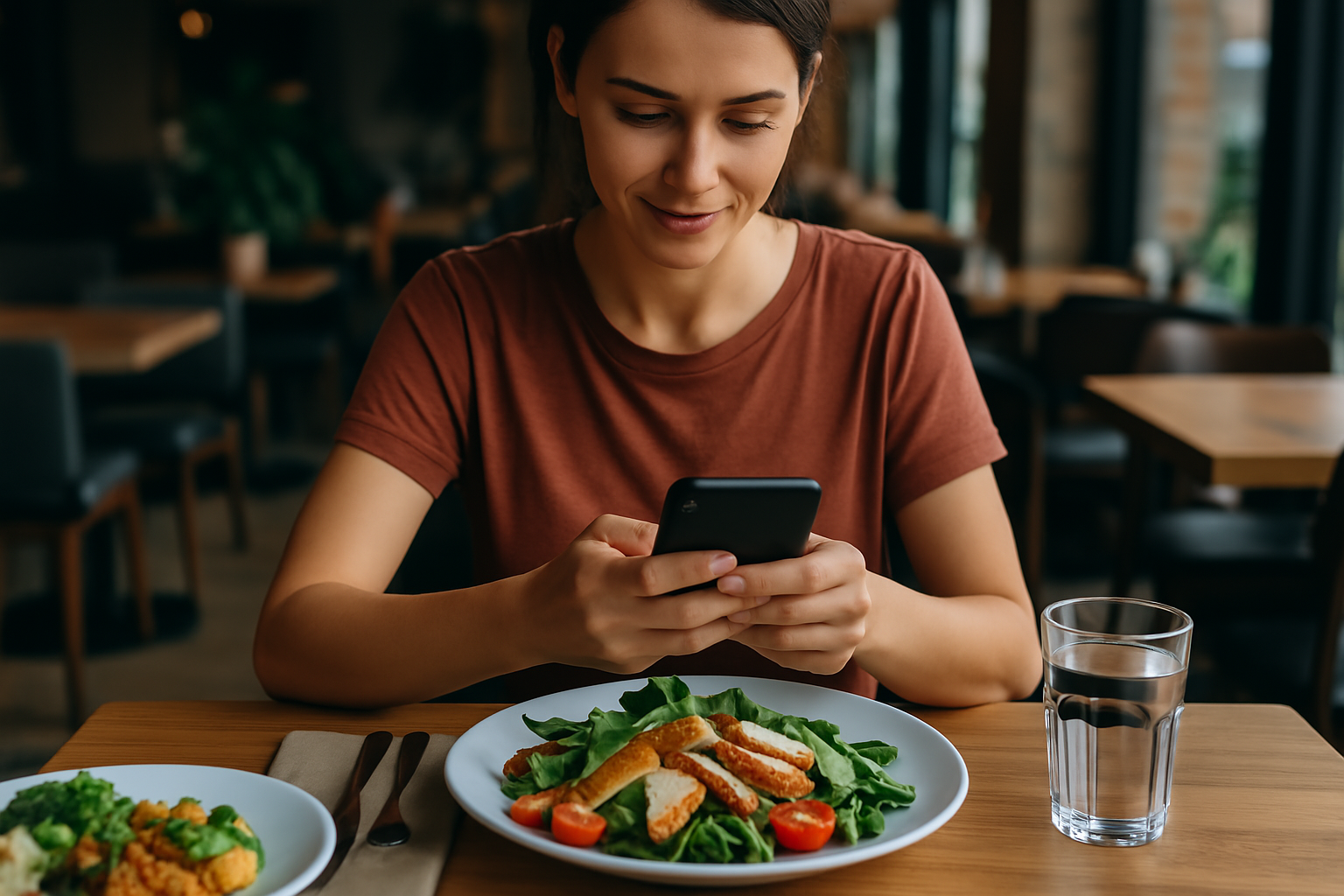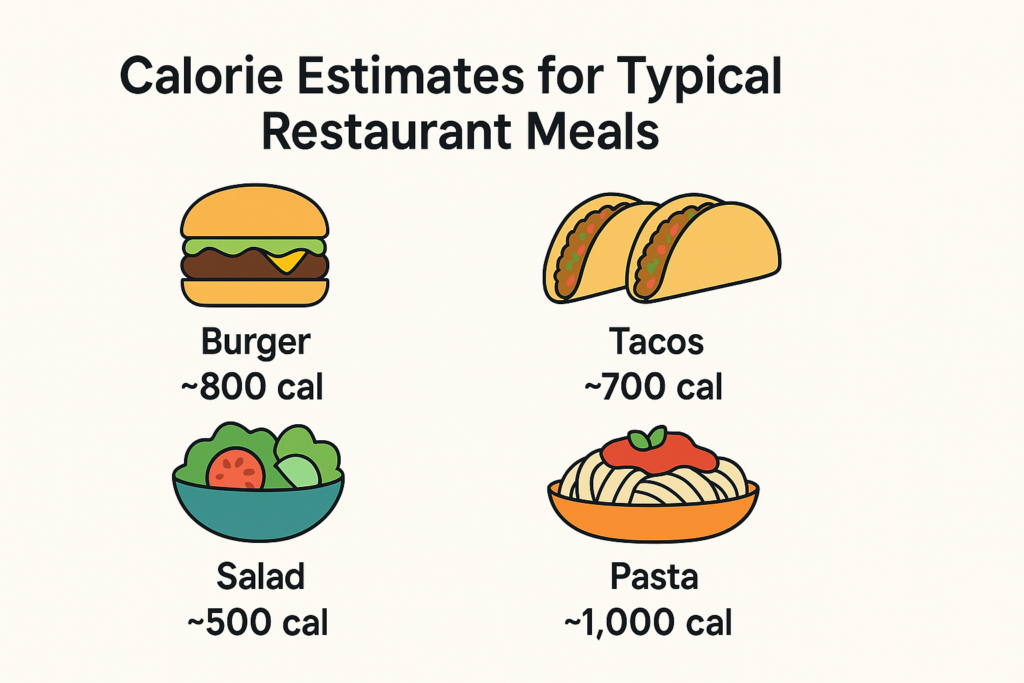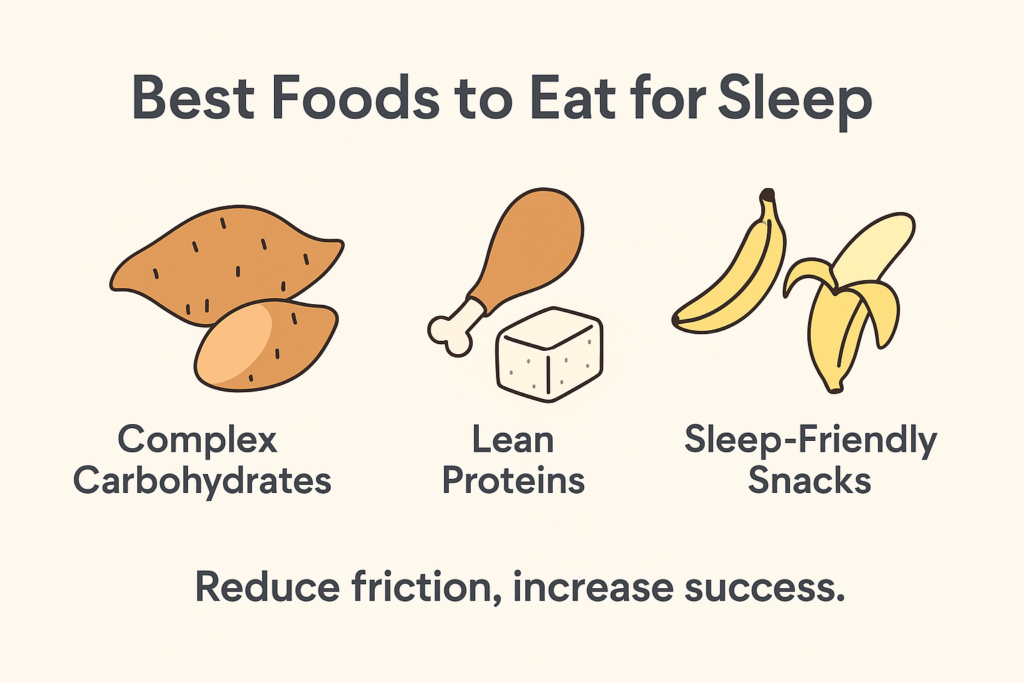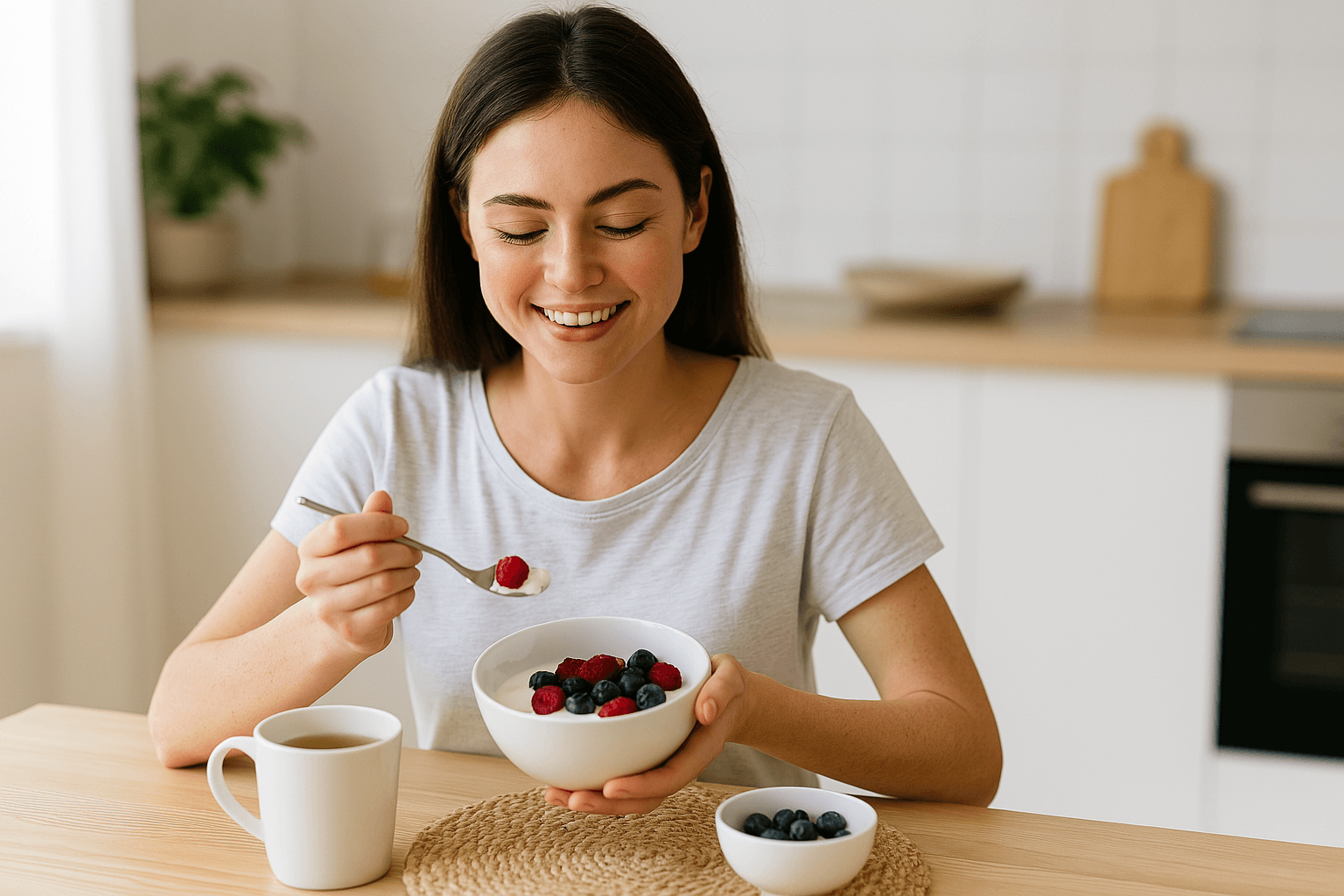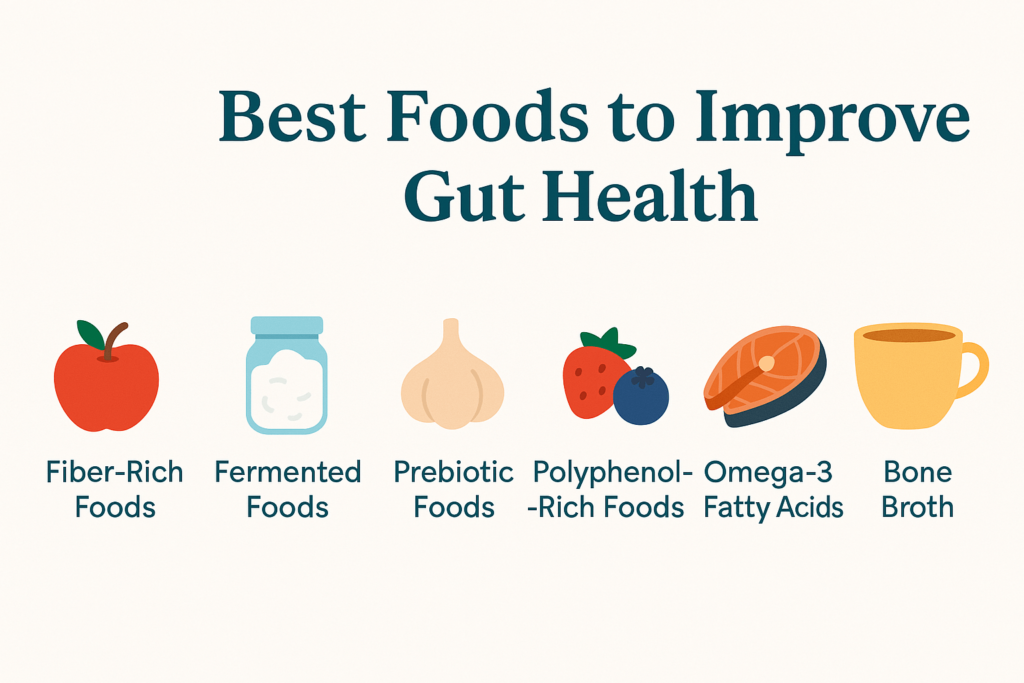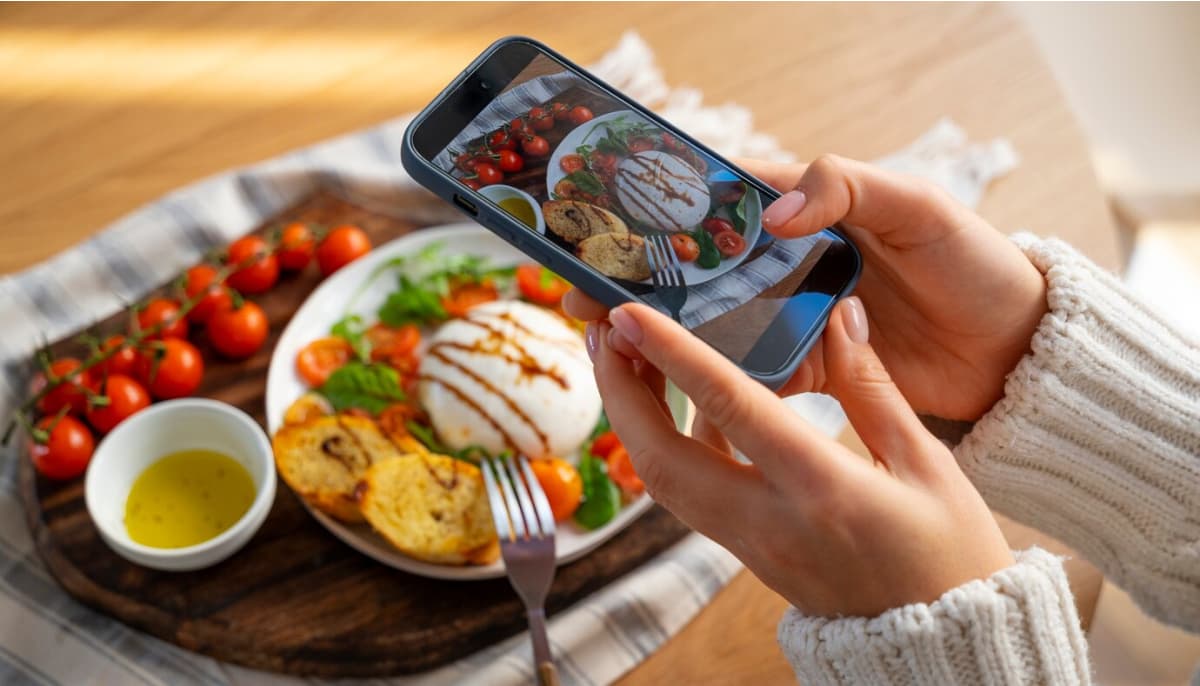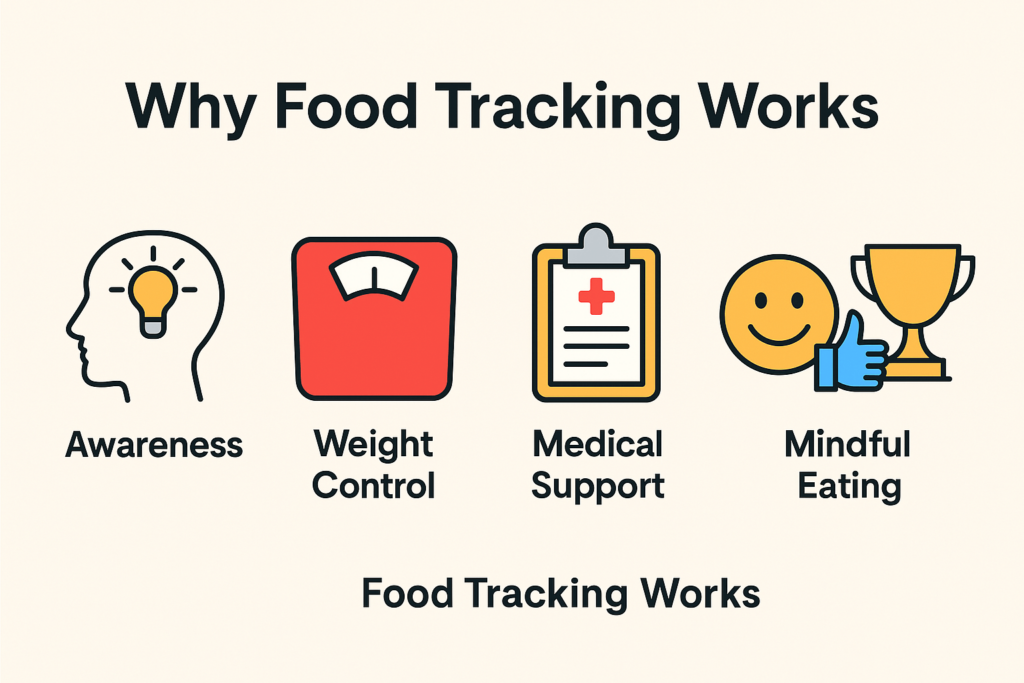Why the Best Calorie Counting Program Is Simple
If you’re searching for the best calorie counting program, you’re not alone. Most people try popular apps, get overwhelmed, and quit after a week. But the best solution isn’t the most complicated—it’s the one you’ll actually stick with.
The best calorie counting program isn’t the most complex or feature-heavy. It’s the one you’ll actually stick with. Simplicity, personalization, and ease of use matter far more than a fancy interface.
That’s where TomatoSMS comes in—offering powerful calorie tracking through a simple text message.
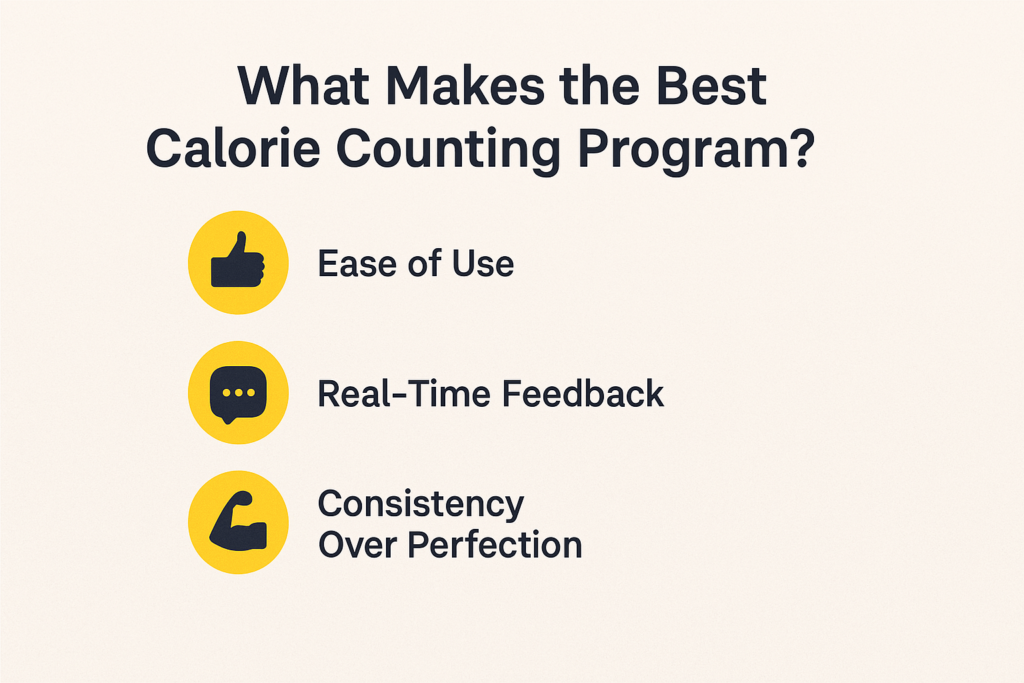
What Makes a Calorie Counting Program “The Best”?
1. Ease of Use
The #1 reason people stop tracking is friction. Traditional apps require:
- Logging in
- Searching databases
- Navigating ads and popups
Text-based systems like TomatoSMS eliminate those barriers. You just text your meal and receive a calorie estimate instantly.
2. Real-Time Feedback
The best calorie counting programs provide insights—not just numbers.
Example:
You: “Turkey sandwich with spinach and mustard”
TomatoSMS: “~330 cal | Good protein, low fat, low sugar. Well done!”
3. Consistency Over Perfection
Instead of guilt-tripping users, great programs reward consistency. TomatoSMS offers positive reinforcement through small nudges and encouragement.
How TomatoSMS Stands Out
Unlike apps, TomatoSMS is designed for people who want:
- No apps or accounts
- Fast, friction-free logging
- Instant responses that feel human
- Coaching over calorie shaming
And it’s smart enough to recognize patterns over time—making suggestions based on your trends and health goals.
📲 Try TomatoSMS for free and experience the easiest calorie tracker you’ll ever use.
Real-Life Use Cases
Whether you want to:
- Lose weight
- Gain muscle
- Improve your diet for heart health
- Understand your eating habits
…the best calorie counting program adapts to you—not the other way around.
According to the CDC, food journaling and consistent awareness are critical strategies for achieving and maintaining a healthy weight.
Additional Resources to Support Your Journey
Together, these build the foundation for healthy, sustainable habits.
Final Thoughts
The best calorie counting program isn’t one you use for a week and forget. It’s one that fits into your daily life so naturally, you don’t even think about it.
TomatoSMS delivers on that promise with smart feedback, zero friction, and no apps—just results.
👉 Start using TomatoSMS today and simplify your path to better health.
